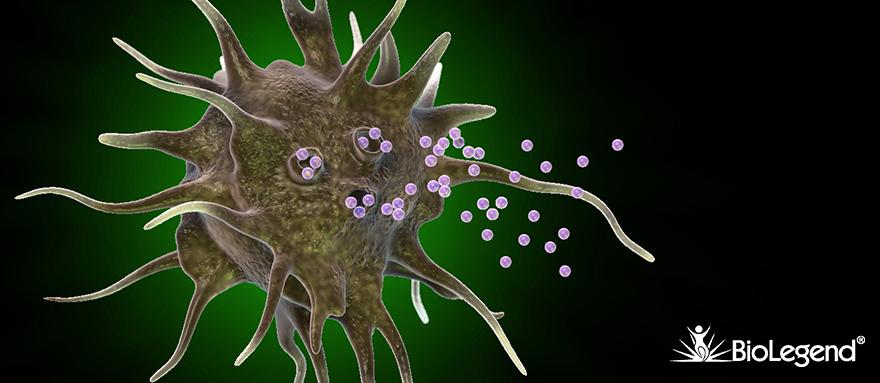Biogenesis
Early endosomes loaded with ubiquitinated proteins, upon recognition by ESCRT (Endosomal Sorting Complex Required for Transport), allows the formation of intraluminal vesicles (ILVs), which in turn become multivesicular bodies (MVBs), some of which are degraded in lysosomes. The fusion of MVBs with the plasma membrane causes the release of exosomes into the extracellular space.
Composition
Exosomes contain a complex composition of molecules, including proteins, lipids, microRNA, and mRNA, which are cataloged in the EXoCarta database (https://www.exocarta.org/). The most common exosomal proteins are membrane transporters and fusion proteins (Annexins, GTPases and flotillin), heat shock proteins, tetraspanins (CD9, CD63 and CD81), MVB synthesis proteins (Alix and TSG101), lipid-related proteins and phospholipases. Proteins such as CD9, CD63, CD81, TSG101, Alix and HSP70 are common to most exosomes. Exosomes are enriched with lipids like cholesterol, sphingolipids, ceramide, glycolipid GM3, and glycerophospholipids containing long, saturated fatty-acyl chains.
Mechanism of Action
Exosomes play a key role in cell-to-cell communication by merging with a recipient cell. Exosomes may remain stably associated with the plasma membrane or are internalized via an endocytic pathway, releasing their contents. The biological property of the target cell can then be altered at the genetic level (exosomal RNA), epigenetic level (exosomal miRNA) or at the protein level. Beneficial (e.g. enhancing the immune status) or detrimental (e.g. disseminating pathogenesis) outcomes are possible with these interactions. An example of a beneficial outcome is the successful suppression of the maternal immune system during pregnancy that is facilitated by exosomes. Placenta-derived exosomes exhibit immunosuppressive properties by the expression of markers such as Fas ligand (FasL), TRAIL, and PD-L1 inducing T cell death and downregulating NK activity via the expression of NKG2D ligands such as MICA/B and RAEγ1/ULBPs. Other placental exosome-associated proteins include CD247, membranous TGFβ1, placental alkaline phosphatase (PLAP), pregnancy specific glycoprotein 3, and trophoblast glycoprotein 5T4.
Characterization of Exosomes
Analysis of exosomes and their contents can reveal a lot about the host cell and also underlying pathophysiological conditions such as cancer, neurological disorders, heart disease, immunological dysregulation, and infectious disease, to name a few. Therefore, exosomes are regarded as potential biomarkers as well as therapeutic agents. Techniques such as flow cytometry, Western blotting, immunofluorescence, electron microscopy and PCR are extensively used to study both the surface proteins as well as internal exosomal contents. BioLegend provides antibodies to many surface and internal protein targets, which can be used to immunophenotype and molecularly characterize exosomes.
 Login / Register
Login / Register 








Follow Us